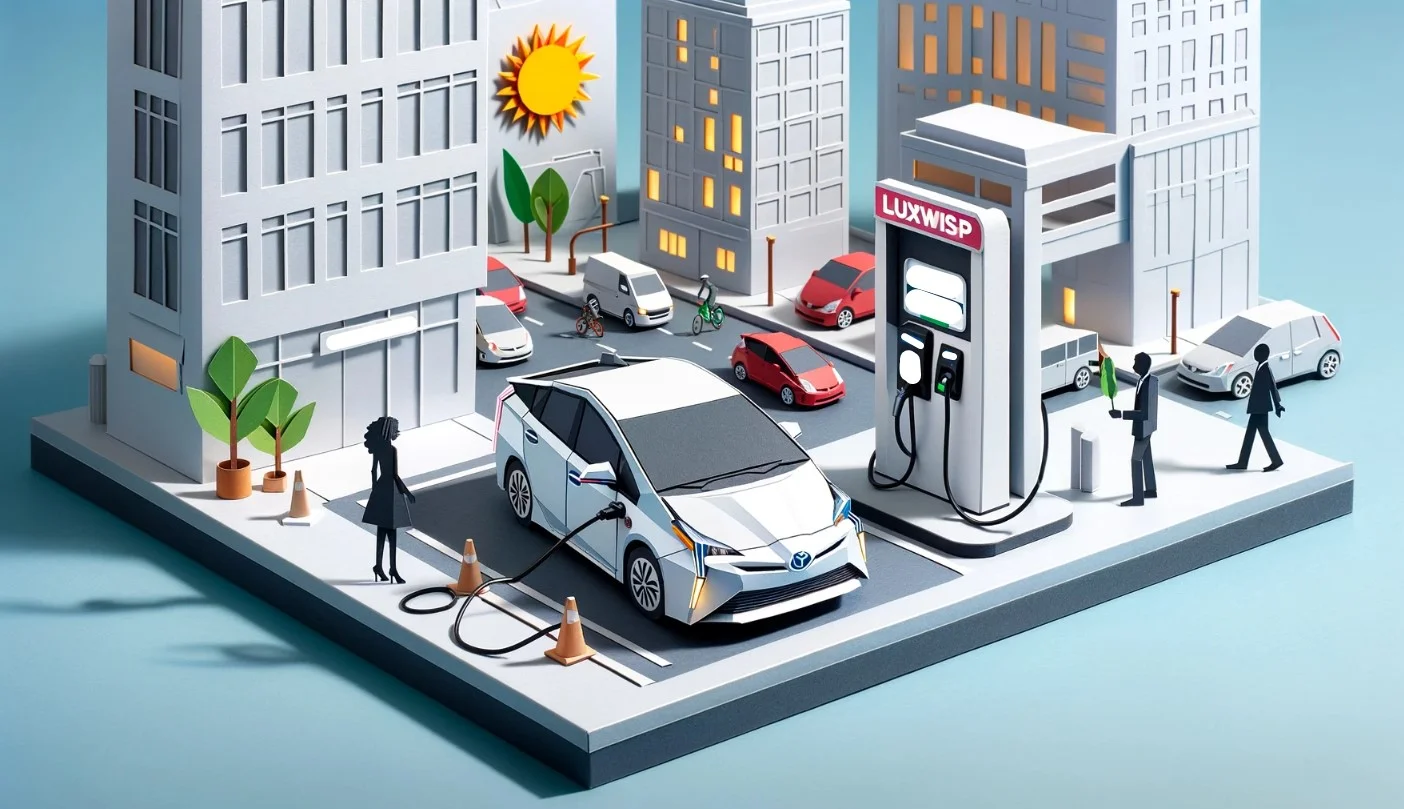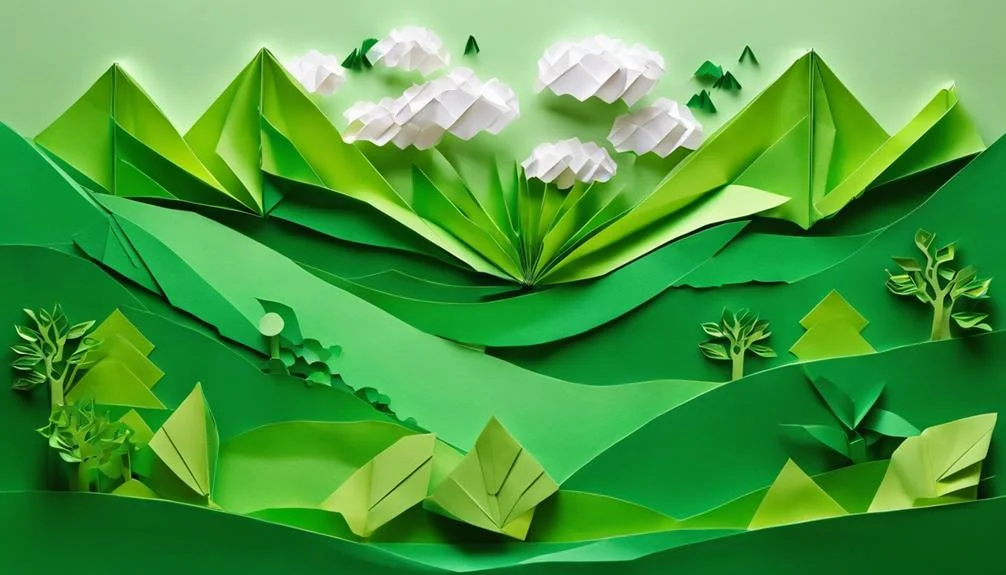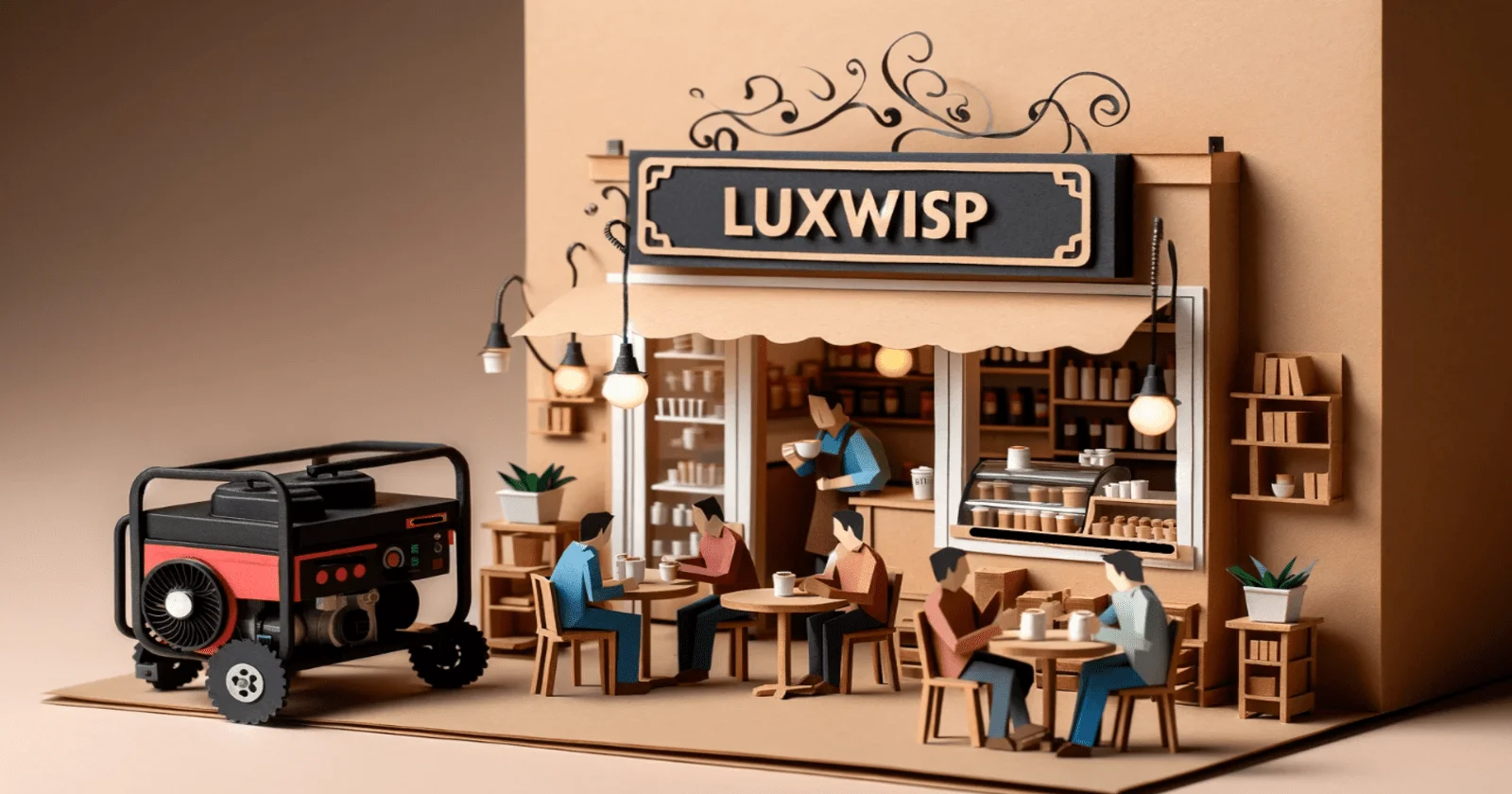Advancing cam timing is a nuanced practice that warrants a thorough examination of its implications on engine performance. While it promises benefits such as improved power output and enhanced throttle response, it's essential to weigh these against potential drawbacks like decreased fuel efficiency and the risk of engine knock.
The decision to advance cam timing is contingent upon various factors, including the specific engine type and intended use. As we explore the intricacies of this procedure, understanding the delicate balance between its advantages and disadvantages becomes crucial for anyone considering this adjustment to their vehicle's engine.
Key Takeaways
- Advancing cam timing can significantly enhance engine performance and responsiveness.
- It may lead to increased fuel consumption and necessitates precise tuning.
- Incorrect adjustments can accelerate engine wear and potentially damage components.
- Utilizing techniques like adjustable cam gears and ECU remapping is crucial for optimal results.
Pros of Advancing Cam Timing
Advancing cam timing offers significant benefits, notably enhancing low-end torque for improved vehicle performance. This mechanical adjustment is particularly advantageous for drivers seeking an edge in acceleration and power at lower RPMs. By advancing the timing, vehicles experience an increase in low-end torque, which translates into better throttle response and overall drivability. This adjustment is especially critical for drag racers who rely on quick launches off the line. The improved launch capabilities afforded by advanced cam timing can significantly reduce quarter-mile times, giving racers a competitive advantage.
Moreover, vehicles equipped with dual plane intake manifolds stand to gain considerably from advanced cam timing. This setup, when combined with the timing adjustment, optimizes engine performance across a broader RPM range. The result is a smoother, more responsive driving experience, particularly in street-driven vehicles. Enhanced throttle response and increased power at lower RPMs make for a more engaging and enjoyable ride. Additionally, lightweight vehicles benefit disproportionately from the increase in low-end torque, making advanced cam timing a popular modification among enthusiasts looking to maximize the performance of smaller, more agile cars.
Cons of Advancing Cam Timing

While advancing cam timing offers several performance benefits, it is essential to consider the potential drawbacks.
This adjustment can lead to increased fuel consumption, accelerated engine wear, and a shift in the power band, which might not align with the driver's expectations or vehicle's intended use.
Understanding these cons is crucial for making an informed decision on whether to adjust cam timing in pursuit of enhanced engine performance.
Increased Fuel Consumption
One notable drawback of advancing cam timing is the potential rise in fuel consumption, primarily due to the alteration of combustion dynamics. This adjustment shifts the engine's operating characteristics, impacting its efficiency in several ways:
- Altered air-fuel mixture: The change in timing can lead to a richer or less optimized mixture, necessitating more fuel to achieve the desired power output.
- Shifted power band: Moving the power band to higher RPMs generally requires the engine to work harder, increasing fuel usage during driving conditions that engage this higher power range.
- Necessity for precise tuning: Without careful adjustment post-advancement, the engine may run less efficiently, exacerbating fuel consumption issues.
Understanding these factors is crucial for anyone considering cam timing adjustments to weigh the benefits against the potential increase in fuel use.
Engine Wear Acceleration
Beyond the implications for fuel consumption, altering cam timing also introduces concerns regarding accelerated engine wear, particularly within the valvetrain components. Advancing cam timing can impose higher stresses and temperatures on these parts, leading to increased wear over time.
The subsequent boost in power output, while beneficial for performance, may inadvertently speed up the deterioration process of the engine. This is because valvetrain components, crucial for the smooth operation of the engine, are subjected to greater wear and tear under the enhanced performance conditions.
Consequently, it becomes imperative to strike a careful balance between achieving desired power gains and mitigating potential accelerated wear on engine parts when considering advancing cam timing.
Power Band Shift
Advancing cam timing shifts the power band to a higher RPM range, potentially diminishing low-end torque and altering engine responsiveness at lower speeds. This adjustment can have significant implications for a vehicle's performance, especially in scenarios requiring quick acceleration from a standstill or while maneuvering at low speeds. The altered dynamics introduce a trade-off between achieving higher peak power at the expense of immediate off-the-line acceleration and drivability in everyday situations.
Key considerations include:
- Decreased low-end torque, impacting acceleration and pulling power.
- Altered engine responsiveness, potentially making the vehicle less nimble in urban driving.
- Loss of traction at lower RPMs, which could affect vehicle stability and control during initial acceleration.
Advantages of Advancing Cam Timing

Adjusting the cam timing to an advanced position offers several benefits, including increased low-end torque and enhanced throttle response, which significantly improve overall engine performance. This modification allows for a more immediate power delivery upon acceleration, making the vehicle feel more responsive and lively, especially in situations requiring quick maneuvers, such as overtaking or merging onto highways.
Moreover, advancing cam timing can contribute to improved efficiency and fuel economy. This is because the engine can operate more effectively at lower RPMs, reducing the need for excessive fuel consumption to maintain power. This adjustment often leads to a more economical driving experience without sacrificing performance.
Additionally, enthusiasts who appreciate a vehicle with character will find the more aggressive engine sound that comes with advancing cam timing appealing. This auditory feedback enhances the driving experience, making it more engaging and enjoyable.
Disadvantages of Advancing Cam Timing

While advancing cam timing can enhance certain performance aspects of an engine, it also introduces several drawbacks that can negatively impact the vehicle's operation and efficiency. Adjusting the cam timing towards advancement often aims to improve high-end power and overall engine responsiveness. However, this adjustment does not come without its consequences, which can affect daily driving comfort, fuel economy, and emissions standards compliance.
Below are some key disadvantages associated with advancing cam timing:
- Decreased low-end torque: Advancing the cam timing can result in a noticeable reduction in torque at lower RPMs. This can make the vehicle feel sluggish during everyday driving situations, such as city driving or accelerating from a stop.
- Reduced fuel efficiency at lower RPMs: As the engine struggles to produce adequate torque at lower speeds, it tends to consume more fuel, leading to decreased fuel efficiency. This can be particularly noticeable in stop-and-go traffic or during short, frequent trips.
- Increased risk of engine knock: The altered combustion timing can sometimes lead to pre-ignition or 'knock,' especially under load, which can damage engine components over time if not properly managed.
Factors to Consider Before Advancing

Before proceeding with the adjustment of cam timing, it is critical to assess both the anticipated enhancements in engine performance and the potential risks associated with such modifications. Understanding the balance between these factors ensures that the benefits outweigh the possible drawbacks.
This evaluation is essential for optimizing vehicle performance while maintaining engine integrity.
Engine Performance Impact
Advancing cam timing can significantly enhance engine performance. It is vital to weigh several factors before proceeding with this adjustment. This process, when properly executed, can lead to improved acceleration and throttle response by increasing low-end torque.
Moreover, optimizing engine efficiency and power delivery becomes achievable with accurate camshaft timing adjustments. However, to ensure that these enhancements positively impact your vehicle's performance, consider the following:
- Engine Type: The specific characteristics of your engine can influence the effectiveness of cam timing adjustments.
- Driving Conditions: How and where you drive can determine the optimal setting for your needs.
- Existing Modifications: Other modifications to your vehicle can affect how advancing the cam timing impacts overall performance.
Potential Risks Involved
Considering the potential benefits of advancing cam timing, it is equally important to be aware of the risks involved to prevent adverse effects on engine performance. Advancing cam timing beyond the manufacturer's specifications can lead to significant engine issues, highlighting the importance of precision in these adjustments.
Incorrectly set cam timing can adversely affect the engine's operation and overall performance, potentially leading to overheating and poor idle quality. It's not uncommon for some camshafts to arrive with timing that requires correction. Therefore, meticulous checking and correcting of cam timing are essential steps to ensure optimal engine performance.
Ignoring these precautions could result in long-term damage, underscoring the necessity of a careful and informed approach to modifying cam timing.
Advancing Cam Timing Techniques

To effectively adjust the timing of a camshaft, a variety of techniques, including the use of adjustable cam gears and degree wheels, are employed to ensure precision and optimal engine performance. These methods are crucial for fine-tuning the engine's operation, ensuring that it runs at peak efficiency. The advancement of cam timing is a delicate process that, when done correctly, can significantly enhance the power output and responsiveness of an engine.
To paint a clearer picture for the audience, consider the following key techniques:
- Adjustable Cam Gears: These components allow for precise adjustments to the camshaft timing, enabling mechanics and tuners to dial in the exact timing needed for optimal engine performance.
- Degree Wheels: Essential for accurate measurement and alignment of cam timing, degree wheels help ensure that the camshaft and crankshaft are perfectly synchronized.
- ECU Remapping: After mechanical adjustments are made, fine-tuning the engine's electronic control unit (ECU) can optimize the engine's response to the advanced cam timing.
The implementation of these techniques requires a deep understanding of engine mechanics and should ideally be performed by professionals to ensure proper execution and to achieve the desired engine performance enhancements.
Related Posts

Exploring related topics provides a broader understanding of the benefits and drawbacks of advancing cam timing in automotive engines. Advancing cam timing is a technique used to optimize the opening and closing points of the intake and exhaust valves relative to the position of the piston. This adjustment can lead to significant improvements in low-end torque, which is crucial for enhanced acceleration. Furthermore, this modification may improve throttle response and overall engine efficiency, making the vehicle more responsive and enjoyable to drive.
Another aspect to consider is the impact on engine sound and high-rev performance. Enthusiasts often seek a more aggressive exhaust note and better performance at higher RPMs, both of which can be achieved through advanced cam timing. Additionally, this adjustment opens up possibilities for turbocharging or supercharging, offering a pathway to significantly increased power outputs.
Conclusion
In conclusion, advancing cam timing offers a multitude of benefits, including increased power output, improved low-end torque, and enhanced overall engine performance. However, it is accompanied by potential drawbacks such as decreased fuel efficiency at lower RPMs and increased emissions.
The decision to advance cam timing requires careful consideration of various factors, including engine type and driving conditions. Employing techniques like adjustable cam gears and ECU remapping, while ensuring regular maintenance, can optimize engine performance.
Professional consultation is recommended to achieve the best outcomes.













